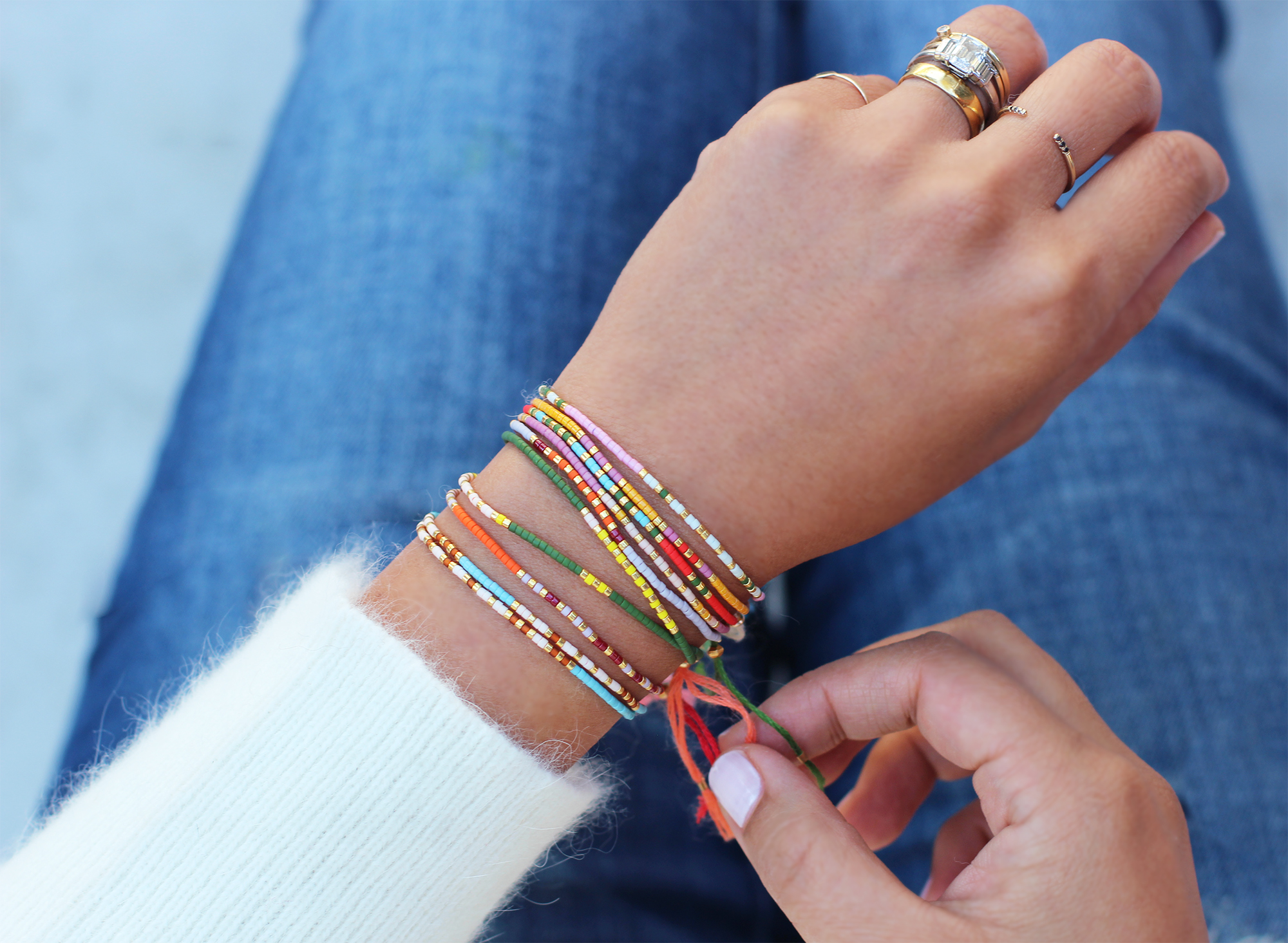Beading is a rewarding and creative craft, allowing individuals to design and create beautiful jewelry and accessories. For beginners, understanding the basics and starting with simple patterns is crucial to building confidence and skills. Consequently, exploring different beading patterns, techniques, and tips helps ensure a successful and enjoyable experience. Therefore, this comprehensive guide delves into essential materials, easy beading patterns, and useful tips for beginners. By examining these aspects, you can embark on your beading journey with confidence and creativity.
Essential Materials for Beading
Having the right materials is fundamental to a successful beading project. Understanding the essential tools and supplies ensures a seamless crafting process. Therefore, exploring the necessary materials for beading is crucial.
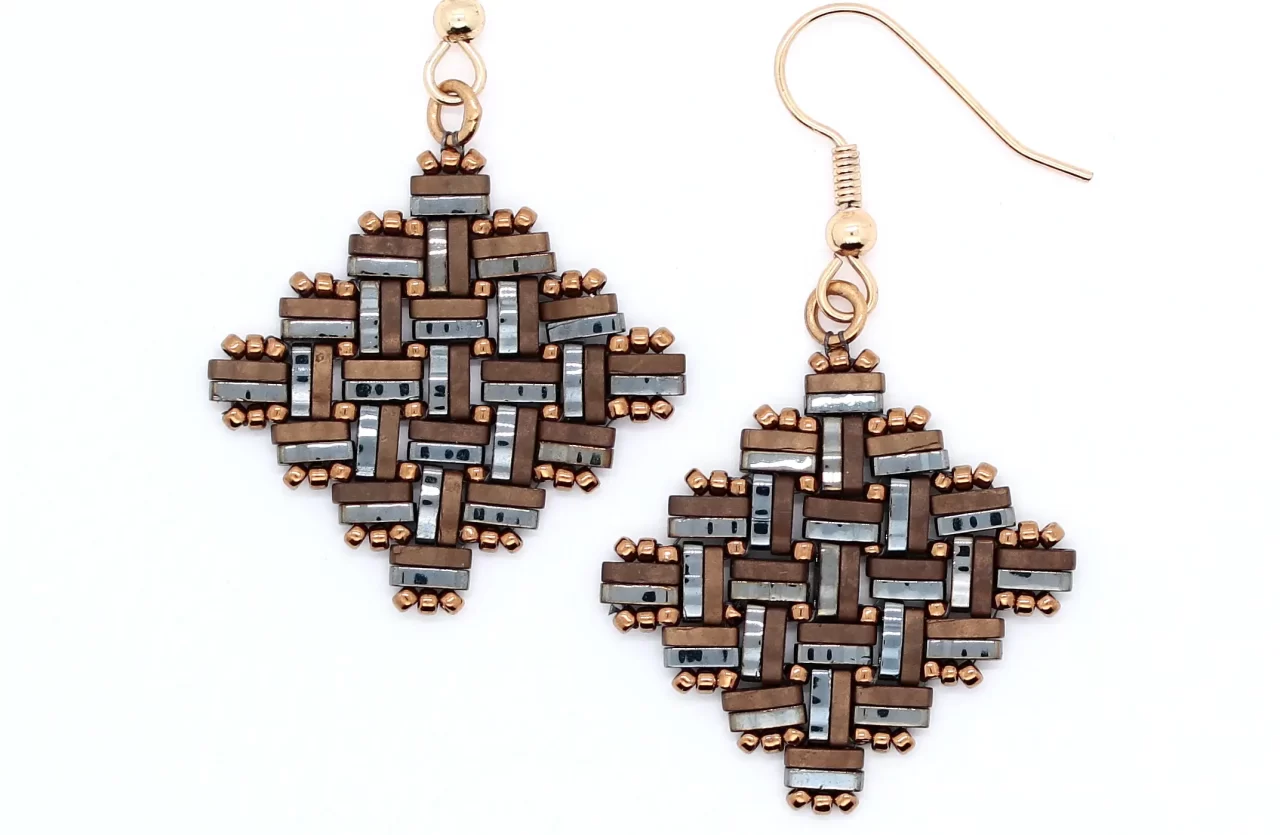
Beads and Threads
The primary materials in beading are, of course, beads and threads. Beads come in various shapes, sizes, colors, and materials, ranging from seed beads to glass, crystal, and gemstone beads. Seed beads, in particular, are versatile and available in different sizes, making them ideal for beginners. Choose beads that match your desired project and aesthetic. Threads, such as nylon beading threads, fireline, or silk, are essential for stringing beads. The thread must be strong and suitable for the bead hole size. By understanding the types of beads and threads, you can select the best materials for your projects. Therefore, recognizing the variety of options is crucial.
Needles and Tools
Beading needles are specialized tools designed to pass through small bead holes and work with various thread types. Choose needles that are thin but durable, such as sizes 10 to 13. Additionally, tools like pliers, thread cutters, and bead mats are essential for efficient and precise beading. Pliers, including flat-nose and round-nose varieties, assist in holding and bending wire, while thread cutters or scissors ensure clean cuts. Bead mats provide a non-slip surface, preventing beads from rolling away during the crafting process. By understanding the importance of needles and tools, you can equip yourself for successful beading. Therefore, recognizing the necessity of proper tools is essential.
Easy Beading Patterns for Beginners
Starting with simple beading patterns helps beginners build skills and confidence. Understanding these easy patterns provides a solid foundation for more complex projects. Therefore, exploring beginner-friendly beading patterns is essential.
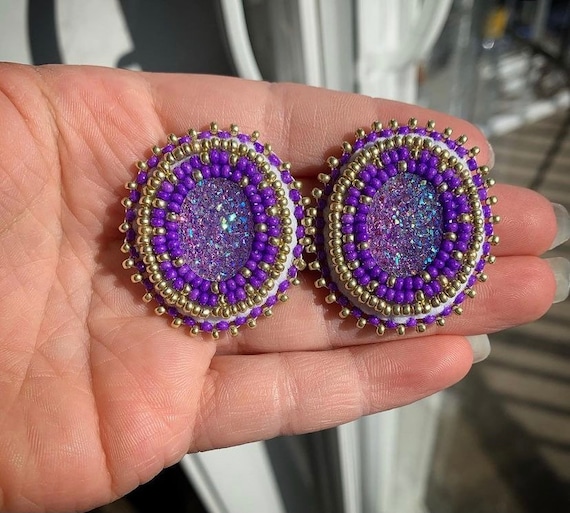
Single Strand Necklace
A single-strand necklace is an excellent project for beginners, combining simplicity with elegance. Begin by selecting your desired beads and arranging them in a pattern on a bead mat. Cut a length of beading thread, adding a few extra inches for securing the ends. Thread a needle and string the beads according to your arrangement. Once all beads are strung, attach a clasp using crimp beads or knots. Ensure the necklace is the desired length and adjust if necessary. By understanding the steps for creating a single-strand necklace, you can complete a beautiful and simple project. Therefore, recognizing its value for beginners is crucial.
Beaded Bracelet
A beaded bracelet is another beginner-friendly project that offers creative freedom and immediate gratification. Start by measuring your wrist to determine the required bracelet length. Choose beads that match your style and arrange them on a bead mat. Cut a suitable length of elastic cord or beading thread, allowing extra length for tying or crimping. Thread the beads onto the cord, ensuring an even distribution. Once completed, secure the ends with knots or crimp beads and trim any excess. By understanding the process for making a beaded bracelet, you can create a stylish and personalized accessory. Therefore, recognizing the enjoyment of straightforward projects is essential.
Techniques for Success in Beading
Mastering foundational techniques ensures success and satisfaction in your beading projects. Understanding these techniques helps avoid common pitfalls and improve craftsmanship. Therefore, exploring essential beading techniques is crucial.
Threading and Knotting
Proper threading and knotting techniques are vital for creating secure and durable beaded pieces. When threading beads, use a beading needle and ensure the thread passes smoothly through the bead holes. If beads stick, gently use pliers to widen the hole. Knotting is essential for securing the ends of your project. Double or triple knots are reliable methods to prevent beads from slipping off the thread. For added security, apply a small drop of adhesive to the knots. By understanding the techniques of threading and knotting, you can ensure the integrity of your projects. Therefore, recognizing the importance of secure methods is crucial.
Using Crimp Beads
Crimp beads are small metal beads used to secure the ends of beading wire or thread, especially when attaching clasps. To use crimp beads, thread a crimp bead and a clasp onto the wire, then loop the wire back through the crimp bead. Use flat-nose pliers to compress the crimp bead, securing the loop. Trim any excess wire and cover the crimp bead with a crimp cover for a neat finish. Crimp beads provide professional and durable results, making them indispensable for jewelry making. By understanding the use of crimp beads, you can enhance the quality and security of your beading projects. Therefore, recognizing their value is essential.
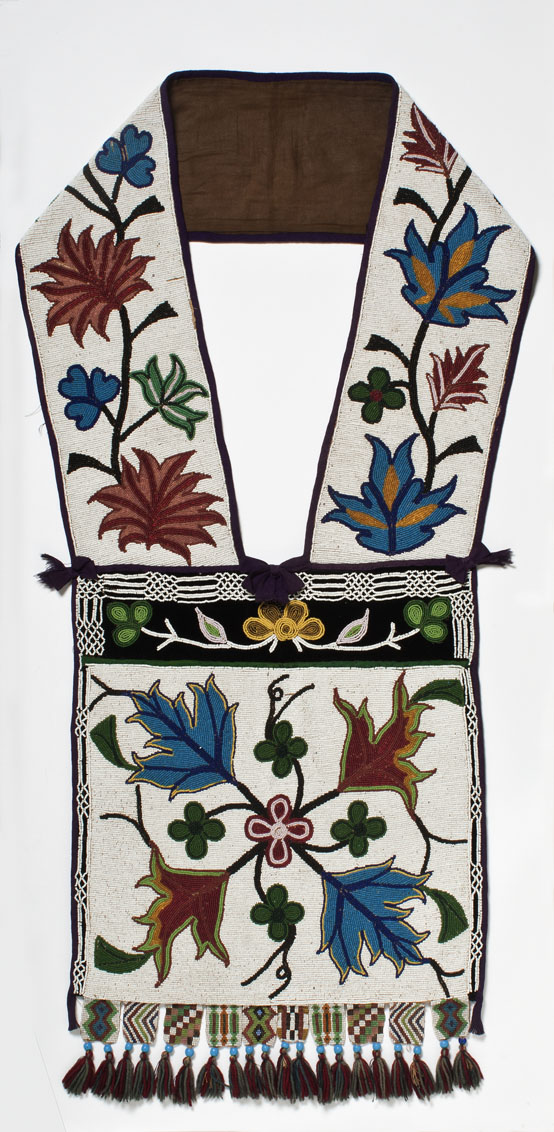
Tips for Beginners
Starting with helpful tips and advice can significantly improve your beading experience. Understanding these tips ensures a smoother learning curve and better outcomes. Therefore, exploring valuable tips for beginners is essential.
Organizing Your Materials
Keeping your beading materials organized is crucial for efficiency and creativity. Use bead organizers, trays, or containers to sort and store beads by color, size, and type. Labeling containers helps quickly identify and access needed materials. Additionally, maintain a clean and clutter-free workspace to prevent losing small beads and tools. Establishing an organized system enhances productivity and reduces frustration during your projects. By understanding the importance of organization, you can create an enjoyable and efficient beading environment. Therefore, recognizing the benefits of a tidy workspace is crucial.
Practicing Patience and Precision
Beading requires patience and precision, especially for intricate patterns and designs. Take your time to thread and arrange beads carefully, ensuring each bead is placed correctly. Practicing precision helps develop steady hands and improves overall craftsmanship. Remember, mistakes are part of the learning process. If you encounter an error or feel frustrated, take a break and return with a fresh perspective. By understanding the value of patience and precision, you can enjoy and excel in your beading projects. Therefore, recognizing the importance of a mindful approach is essential.
Addressing Common Questions About Beading
Understanding common questions about beading provides clarity and enhances knowledge. Knowledge of these answers ensures better preparation and practice. Therefore, exploring common questions is essential.
What Type of Beads Should I Start With?
Beginners should start with seed beads due to their versatility and wide availability. Seed beads come in various sizes and colors, offering creative flexibility. Size 11/0 seed beads are a popular choice for beginners, as they are easy to handle and suitable for various projects. Additionally, experimenting with different types of beads, such as glass or crystal, can add variety and interest to your creations. By understanding the suitability of seed beads, you can confidently begin your beading journey. Therefore, recognizing the importance of starting simple is crucial.

How Do I Fix Mistakes in My Beading Project?
Fixing mistakes is an inevitable part of the beading process. If you notice an error, carefully unthread the beads until you reach the mistake. Correct the error and re-thread the beads as needed. Using a bead stopper can help prevent beads from slipping off the thread while making adjustments. Additionally, having a patient and calm approach ensures that fixing mistakes becomes a learning opportunity rather than a frustration. By understanding how to fix mistakes, you can improve your skills and confidence. Therefore, recognizing the value of learning from errors is essential.
Addressing Common Misconceptions About Beading
Addressing common misconceptions about beading provides accurate information and dispels unwarranted concerns. Clearing up misunderstandings ensures an informed perspective. Therefore, exploring common misconceptions is important.
Misconception: Beading Is Too Difficult for Beginners
A common misconception is that beading is too difficult for beginners. While advanced patterns can be intricate, many simple and beginner-friendly projects are easy to execute. Starting with basic patterns and gradually progressing helps build skills and confidence. Beading, like any craft, requires practice and patience, but it is accessible to anyone willing to learn. By understanding the approachable nature of beading, you can confidently start your projects. Therefore, dispelling this misconception highlights its inclusivity.
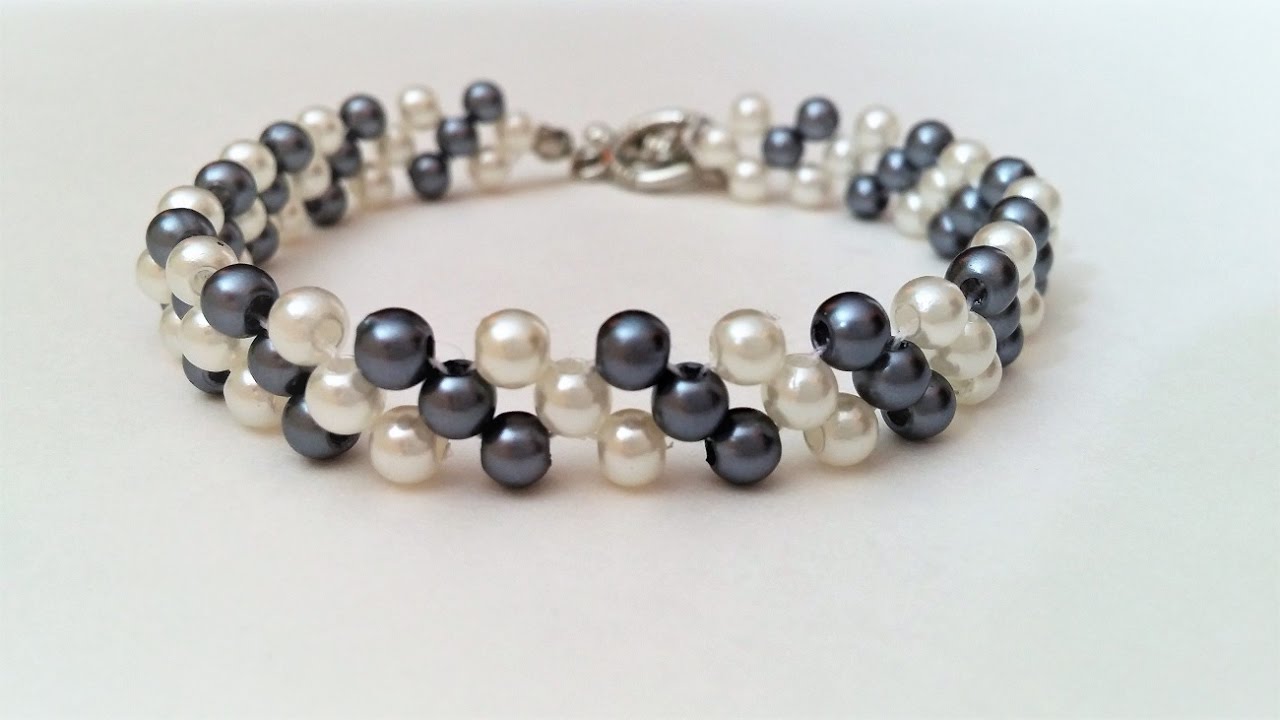
Misconception: Beading Requires Expensive Materials
Another misconception is that beading requires expensive materials. In reality, many affordable options, such as seed beads, nylon threads, and basic tools, are available to beginners. Craft stores and online shops offer starter kits and supplies at various price points. As you gain experience, you can invest in more specialized and higher-quality materials. By understanding the affordability of beading, you can begin crafting without financial concerns. Therefore, dispelling this myth emphasizes the accessibility of this craft.
Conclusion: Embarking on Your Beading Journey
Embarking on your beading journey involves understanding essential materials, mastering simple patterns, and adopting key techniques for success. Proper preparation, including selecting suitable beads and tools, ensures a smooth start.
Exploring critical aspects such as threading and knotting techniques, using crimp beads, and addressing common questions ensures comprehensive knowledge and practice. Recognizing the importance of addressing common misconceptions enhances confidence and enjoyment.
By engaging with these elements, you can confidently begin your beading projects, enjoying the creativity and satisfaction they bring. Therefore, whether you are a complete beginner or looking to refine your skills, understanding the essential considerations and tips for beading offers practical and inspiring insights. Embrace your creative journey, knowing you have the knowledge and resources to support a successful and fulfilling beading experience!
